
The propeller is one of the most important pieces of equipment on a boat. It provides thrust to move the boat through the water. The propeller should be as close to the water as possible to get the most thrust. There are several factors to consider when determining how low the propeller should be on the boat.
How Far Below The Boat Should The Prop Be?
The depth of the water and the size of the propeller are two important factors. The deeper the water, the lower the propeller can be on the boat, in general it should be 16-18 inches. The size of the propeller also affects how low it can be. A bigger propeller needs more clearance from obstacles in order to turn properly.
The height of the transom also affects how low the prop can be. boats with a higher transom will have less room for a low-profile prop.
What is the distance from the bottom of the boat to the top of the propeller?
There is no definitive answer to this question as it can vary depending on the boat and propeller. However, a good estimate would be around 12-18 inches. This is because the propeller is designed to be submerged in the water, with just the tips of the blades exposed. If it were any lower than this, it would be difficult for the boat to move forwards or backwards.
The distance from the bottom of the boat to the top of the propeller is important for a few reasons. The most important reason is that you want to make sure there is enough clearance between the boat and the prop. This will help prevent any damage to either the boat or the prop.
Another reason this measurement is important is because it can help you determine how fast your boat can go. The faster your boat goes, the more lift you will need from your prop in order to keep it moving. Knowing how much distance there is from the bottom of your boat to the top of your prop will help you determine if you have enough lift for your desired speed.
What are the dangers of having your propeller too deep
Having your propeller too deep can be dangerous for a few reasons. For one, if the prop is too deep, it can create a lot of drag and slow the boat down. This can be dangerous if you’re trying to speed away from a threat or if you’re in a race.
Additionally, if the prop is too deep, it can cause the boat to veer off course. This can be dangerous if you’re sailing in open water and there are other boats around you.
However, having a propeller that’s too deep can also increase the risk of cavitation. Cavitation is when the propeller starts to vibrate and create air pockets, which can damage the propeller over time.
Finally, if the prop is too deep, it can make it difficult to steer the boat.
What Are The Benefits Of A Properly Propped Boat
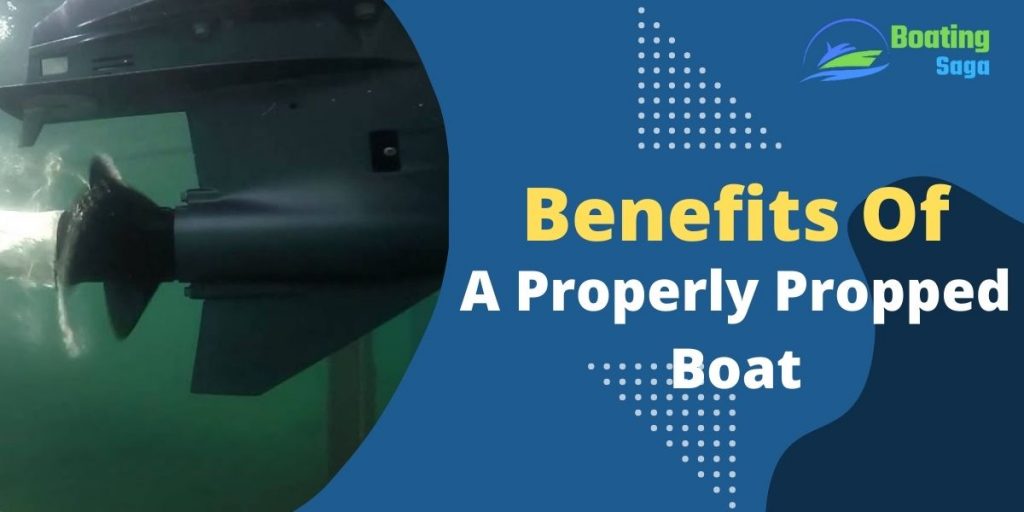
There are many benefits to having a properly propped boat.
- First and foremost, a properly propped boat will run more efficiently, saving you money on fuel costs.
- Additionally, a properly propped boat will be easier to handle and less likely to roll over.
- Also, a properly propped boat will be less likely to suffer damage from cavitation or propeller strike.
- Finally, when a boat is propped correctly, it is less likely to roll or pitch in rough waters.
Why You Need To Keep A Close Eye On Your Prop Height?
When it comes to boating, there are a number of things you need to keep an eye on in order to make sure you and your passengers stay safe. Chief among these is your prop height.
Your prop height is important because it affects how much power your engine is putting out. If the prop is too high, then the engine will not be able to produce as much power, which can lead to problems like reduced speed and lower fuel efficiency. Additionally, if the prop is too high, it can increase the risk of cavitation, which can damage your engine.
For these reasons, it’s important to keep an eye on your prop height and make sure that it’s set at the correct level for your boat. You may need to adjust it depending on the weight of your boat and the type of water you’re sailing in.
How to achieve the perfect balance for your vessel
It’s important to find the perfect balance for your vessel. Too much weight on one side will cause your boat to list, or tilt, to one side. This makes it difficult to control and can even cause the boat to capsize. You can correct this by adding more weight to the other side, or by using a prop to help balance the boat.
1. Start by filling up the boat’s fuel tank and water tanks. This will add some extra weight and help keep the boat more balanced.
2. Place heavy items low in the boat, such as anchors, batteries, and fishing gear.
3. Pack light items high in the boat, such as food and clothes.
4. If you have a propane tank, try to place it near the center of the boat. This will help with balance as well.
The best way to find the perfect balance for your vessel is by trial and error. Start by adding a little weight to one side of the boat and see how it reacts.
Prop depth and its impact on fuel economy
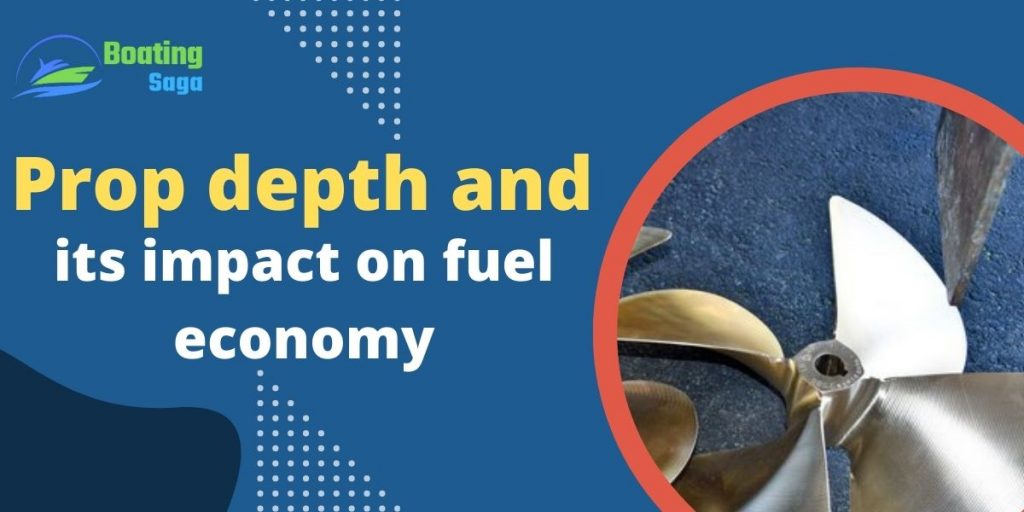
Depth has a big impact on the fuel economy of a boat. A propeller that is too deep can rob a boat of speed and increase fuel consumption.
Conversely, a propeller that is too shallow can cause the boat to cavitate, or produce air bubbles in the water that create drag and reduce performance. In order to find the best propeller for your boat, you need to consider its depth and how it will affect your fuel economy.
Most boaters find that a blade depth of between 12 and 18 inches provides the best balance of performance and fuel economy.
What are the consequences of not having a properly-adjusted propeller?
As a boat travels through the water, the propeller creates drag on the back of the vessel. This drag pushes the boat forward and creates thrust to move the boat through the water.
The size and shape of the propeller affects how much drag is created and how much thrust is produced. If the propeller is not properly-adjusted, it can create too much drag or not enough thrust, which can have consequences for the boat’s speed, maneuverability, and fuel efficiency.
If there is too much drag, the boat will travel more slowly and use more fuel. If there is not enough thrust, the boat may not be able to move at all or may only be able to move in one direction. In either case, it can be difficult or impossible for the boat to reach its desired destination.
Finally, an improperly-adjusted propeller can create excess noise and vibration, which can make flying uncomfortable for passengers and crew members.
How to determine the best prop depth for your boat

When it comes to boat props, one size does not fit all. The depth of your prop is critical to its performance – too shallow and you’ll lose horsepower and top speed, too deep and you’ll create drag and reduce fuel economy. So how do you determine the best prop depth for your boat?
The first step is to measure the height of your transom from the bottom of the hull to the top of the transom. This will give you a good starting point for selecting a prop depth. You can then consult with a prop specialist to determine the best prop depth for your specific boat.
Keep in mind that there are other factors that can affect propeller depth, such as engine weight and hull shape. So it’s always important to consult with a specialist before making any decisions.
How to adjust your prop depth for different boating conditions
When it comes to boating, there are a lot of things that you need to consider in order to have a successful outing. One of the most important factors is your prop depth. This setting can be adjusted depending on the type of water you are boating in and the weight of your boat.
If you are in shallow water, you will want to adjust your prop depth so that the bottom of your boat is closer to the surface. This will help reduce drag and keep you from hitting objects underneath the water. You can do this by either increasing or decreasing your pitch angle.
If you are in deep water, you will want to adjust your prop depth so that the top of your boat is closer to the surface. This will help reduce resistance and keep you from being pulled down by the current. You can do this by either increasing or decreasing your pitch angle.
What factors affect propeller depth below the waterline?
The depth of a propeller below the waterline is determined by a number of factors, chief among them being the design of the propeller and the displacement of the vessel. Other factors that can influence prop depth include speed, trim, and draft.
A propeller’s depth below the waterline is determined by its blade shape and pitch. A propeller with a high blade pitch will have a deeper draft than one with a low blade pitch. Additionally, the width of the propeller blades also affects draft. Wider blades will displace more water and create a deeper prop than narrower blades.
The displacement of a vessel also affects its prop depth. A boat or ship that is heavily laden will have a deeper draft than one that is lightly loaded. This is because a greater weight means more water must be displaced in order to move the boat through the water.
Here are some tips to help you keep your prop in check
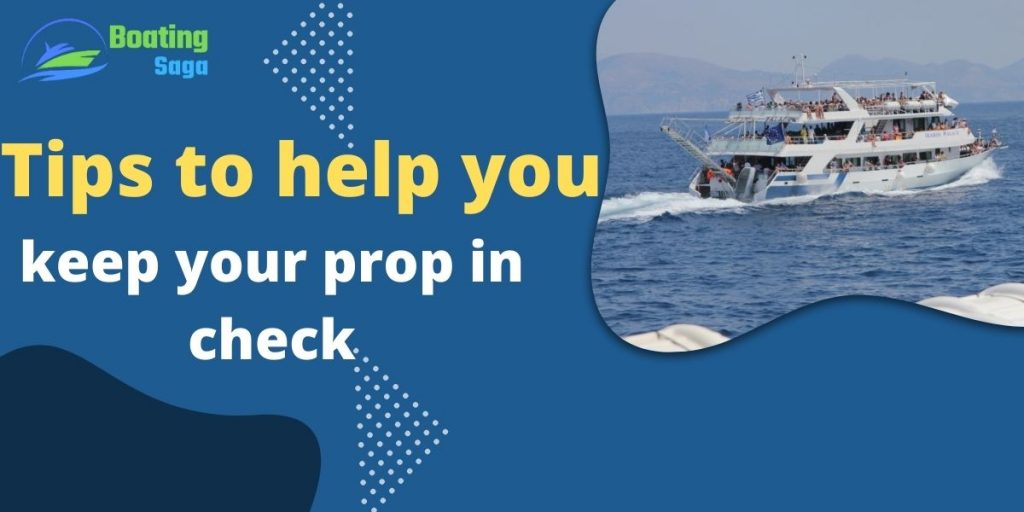
When it comes to boat performance, the propeller is one of the most important components. How you place the prop can affect your boat’s speed, handling and fuel economy.
Here are a few tips on how to get the most out of your prop:
-Place the prop in the water as deep as possible to reduce drag and increase speed.
-Make sure the blades are facing forward so they can provide thrust.
-Avoid putting too much weight on the back of the boat, which can slow it down.
- Keep an eye on your propeller blades - they should be evenly spaced and symmetrical. If you notice that one or more of the blades are bent or damaged, it’s time for a new prop.
FAQ: Frequently Asked Questions
How far should a cavitation plate be from the bottom of the boat?
There are a variety of opinions on how far a cavitation plate should be from the bottom of the boat. Some people say that it should be as close to the bottom as possible, while others say that it should be several inches away. In order to achieve the best performance, it is important to find the right distance for your specific boat.
One factor that you will need to consider is the depth of your prop. If you have a shallow prop, you will want to keep the cavitation plate closer to the bottom of the boat. This will help to create more lift and allow your boat to move faster. If you have a deep prop, you may want to move the cavitation plate further away from the bottom so that it does not create too much drag.
In general, they should be located as close to the propeller as possible without causing too much drag on the boat.
Where should trim be on boat?
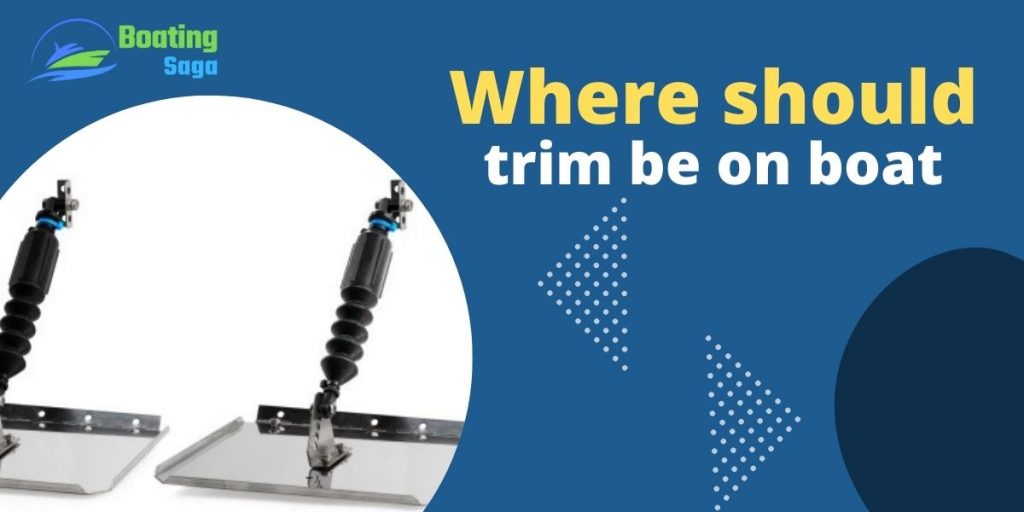
There are a few schools of thought on where the trim should be on a boat. Some people prefer to have the prop as close to the surface of the water as possible, while others believe that having it slightly deeper reduces drag and makes for a smoother ride. There is no right or wrong answer - it all comes down to what works best for each individual boat and its passengers.
Conclusion
When it comes to how far below the boat your prop should be, there are a few things to consider. First, the deeper you go, the more efficient your prop will be at pushing water out of the way.
Second, if you go too deep, you may run into issues with propeller strike.
Third, make sure that when you’re not using your prop, it’s clear of any obstructions. Finally, always use caution when operating your boat in shallow water.

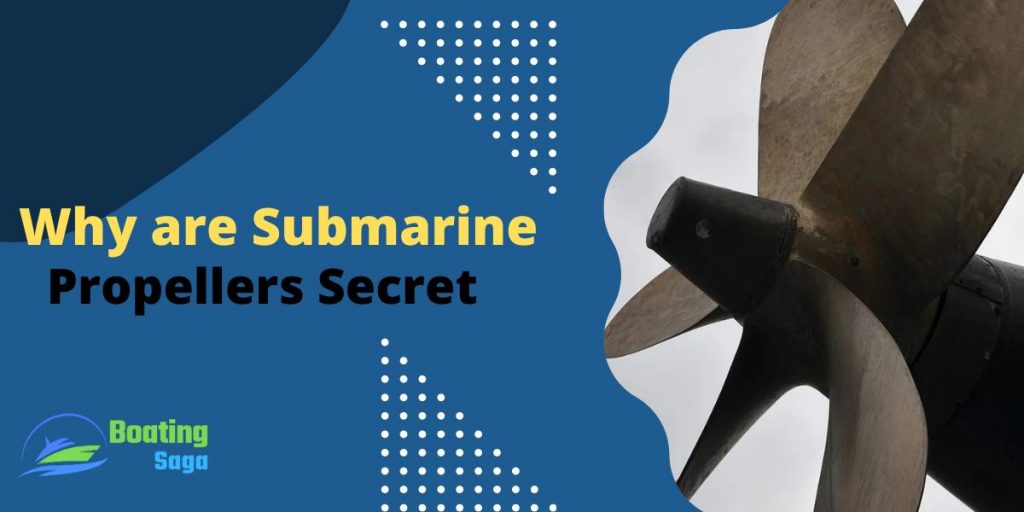

Pingback: 5 Most Common Boat Propeller Problems and How to Fix Them - BoatingSaga
Pingback: Why Do Boat Propellers Make Bubbles (4 Reasons to Know)